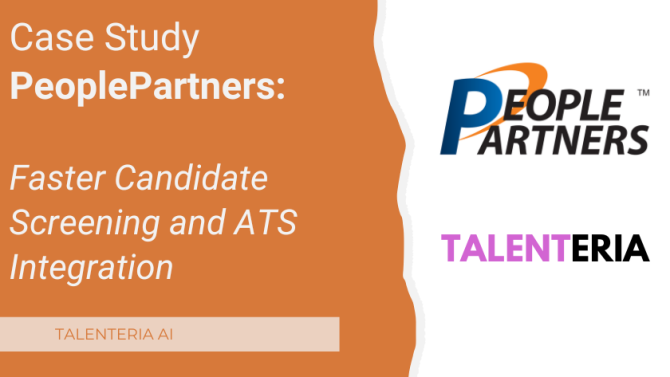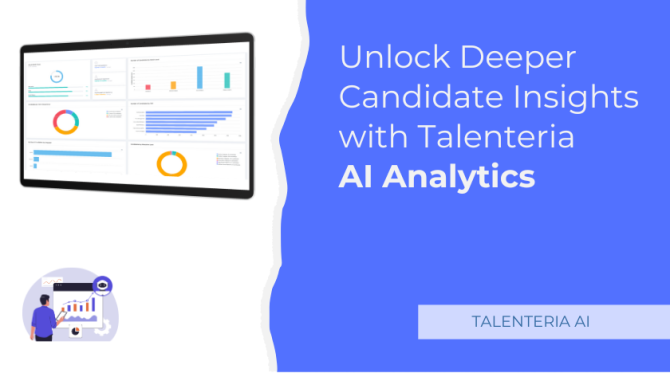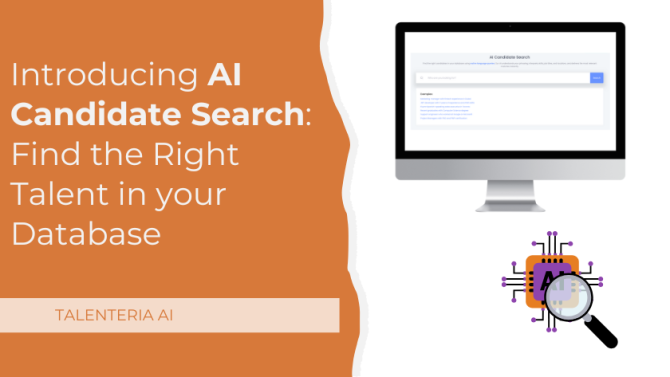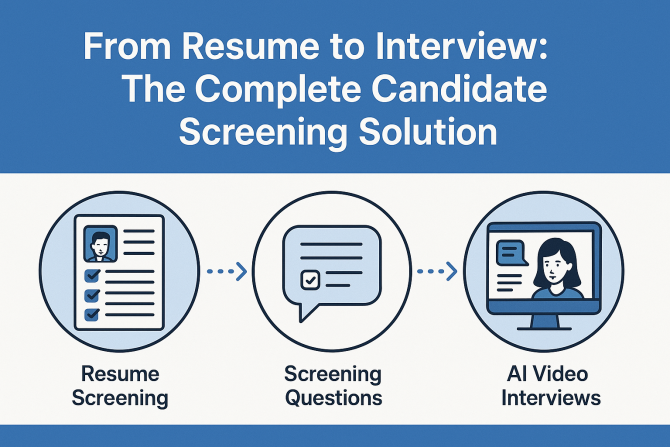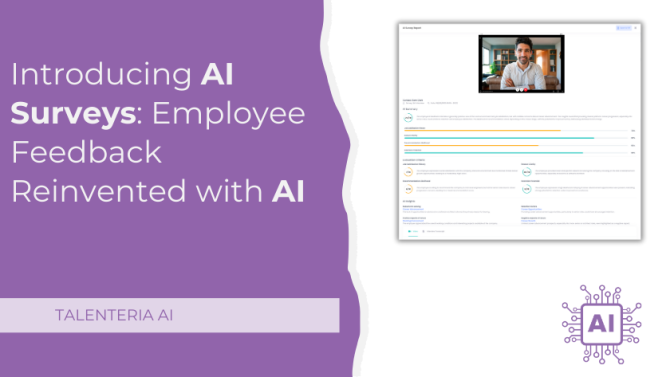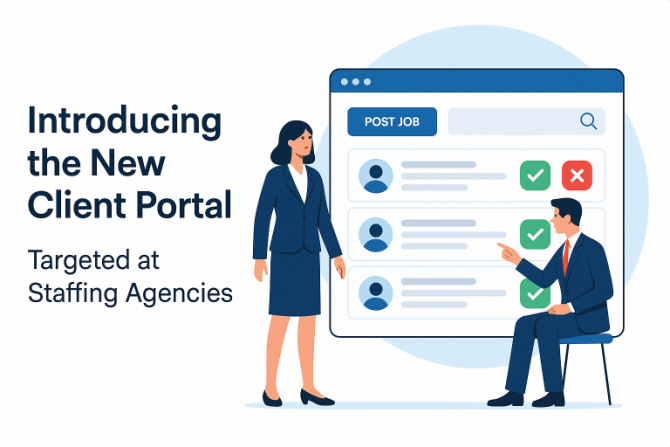
Nowadays, machine learning and artificial intelligence solutions are actively helping companies enhance their workflow. The recruitment sphere is no exception to the trend, being a fertile ground for implementing various data tools. One of the modern optimization solutions in human resource management is resume parsing.
What Is Resume Parsing?
HR professionals spend a lot of time going through resumes manually and drawing up a list of candidates suitable for an interview. Irrelevant responses to the most attractive high-paying jobs are especially abundant. Such applicants do not proceed to the next stage of selection, but the review of their applications results in a large waste of resources for recruiting companies. Let us define parse resume functions and introduce you to a new level of recruitment procedures.
Parsing, in general, is the process of extracting the necessary data and saving it in a convenient form for later use - search and analysis. Resume parsers are software solutions that go through large volumes of the candidates’ CVs, select the critical data, and systemize it in a database. Some advanced algorithms also evaluate and rank the applicants’ suitability for a job position.
Resume parsers have already become an integral tool in most midsize and large companies, and this trend is expected to continue growing.
Why Use Resume Parsing?
The parse resume definition may make this technology seem to be extremely advanced. However, it is still relatively new and faces some challenges. The parser must rely on complex rules and statistical algorithms to correctly capture the desired information in the resume. There are many variations of writing style, word choice, syntax, and more. Besides, the same word can have multiple meanings.
Thus, it is still challenging for modern resume parsers to handle all the ambiguity. Natural language processing and artificial intelligence have yet to advance in understanding contextual information and what people want to convey in written language. But why is it worth using resume parsing, and what are the reasons for it gaining global recognition?
The resume parsing technology already has significant advantages compared with manual analysis when it comes to large application volumes. Here are some of resume parsing algorithms’ benefits:
- It ranks candidates based on objective information and can help prevent confirmation, similarity, proximity, and recency bias that often manifest themselves in the traditional hiring process.
- The software can be programmed to ignore and hide factors that contribute to discrimination based on name, gender, race, age, address, and more.
- This technology is extremely cost-effective.
- It makes the selection process much faster and more efficient. Instead of looking at each resume, recruiters can filter the candidates by specific characteristics. It allows recruiters to conduct interviews and fill up the vacancies faster.
- After the analysis of the candidates’ profile is done, their information remains in the database. This way, the company still has the applicants’ data and can contact them if a suitable job opportunity appears.
Machine learning uses hundreds of criteria to evaluate a resume. The program compiles a list of criteria to be analyzed by a recruiter according to the job requirements. Resume parsers have achieved 87% accuracy in 2020, which means accurate data entry and correct data categorization. Human accuracy is typically less than 96%, so resume parsing will soon match the human precision level. But how do the CV parsing algorithms work?
How Does Resume Parsing Work?
Algorithms parse resume volumes faster than humans, extract relevant information, and forward it to a database with a unique record for each candidate.
During the hiring process, the recruiter can search the database for keywords and phrases and get a list of suitable candidates. Many parsers support semantic search, which adds context to search terms and tries to understand a text’s intent to make the results more reliable and comprehensive.
But what is the parse resume process like for the employees of recruitment agencies? For an HR specialist, the system’s interface is relatively simple. In a nutshell, it has filters and a button to launch the candidate sorting algorithm. With its help, candidates who are more likely to get an interview will appear at the top of the search results.
At Talenteria, we believe that the future of recruiting is inevitably connected with AI and machine learning. With resume parsing, your HR specialist will take care of training and onboarding employees, rather than go through thousands of resume pages for hours and making endless phone calls. That is why we have chosen resume parsing as one of our focus areas. Check out our innovative digital solutions or contact us for more information!
